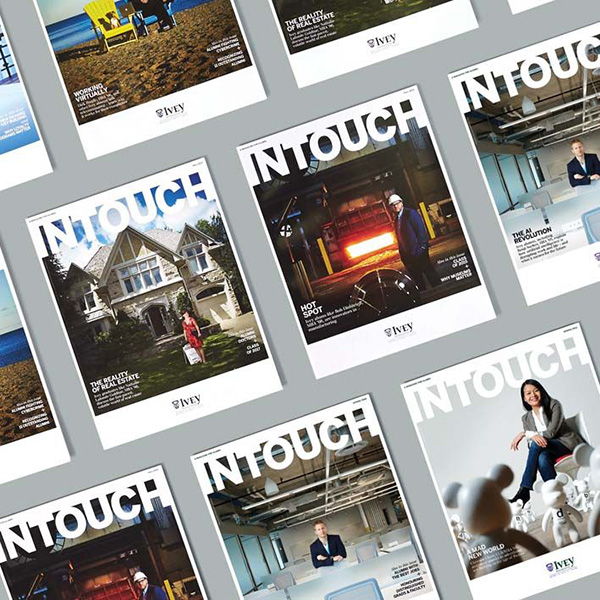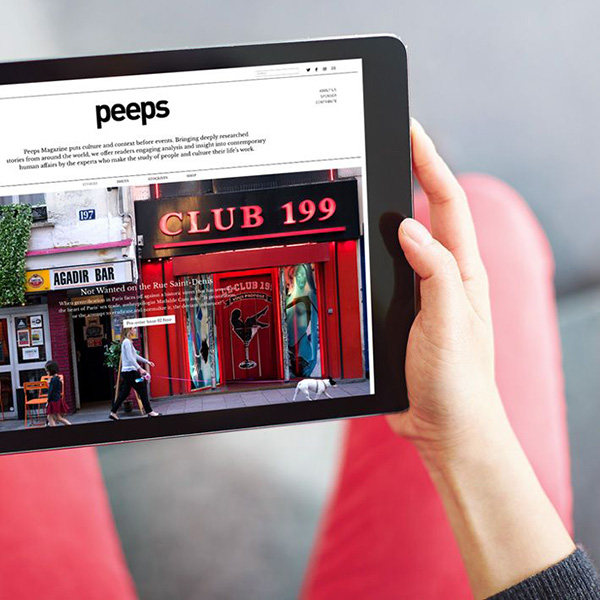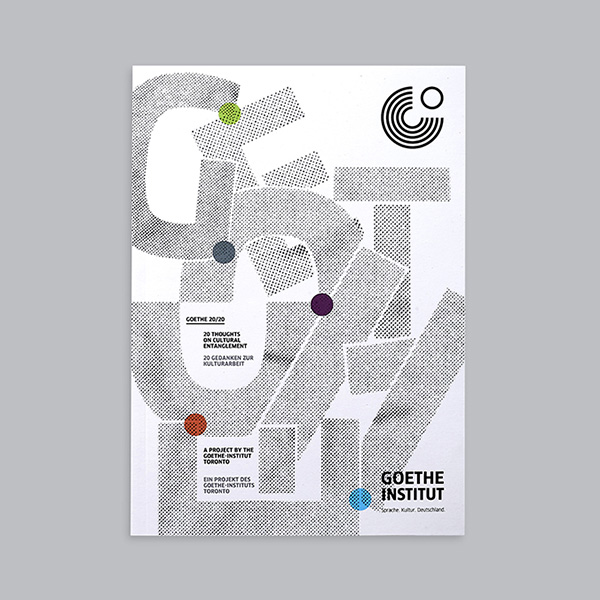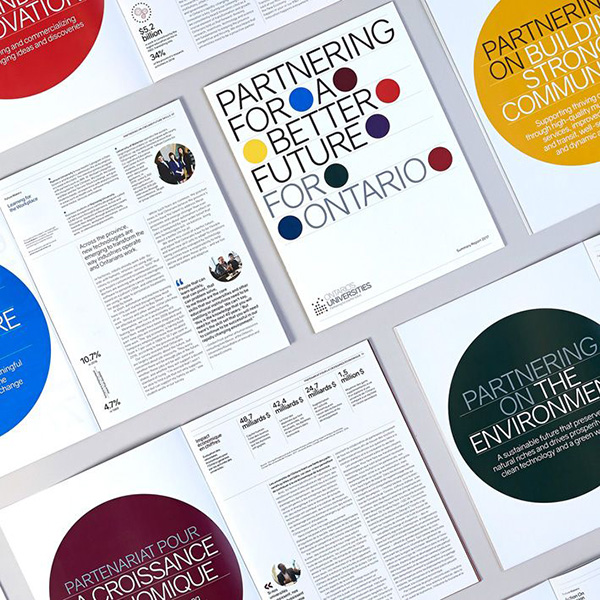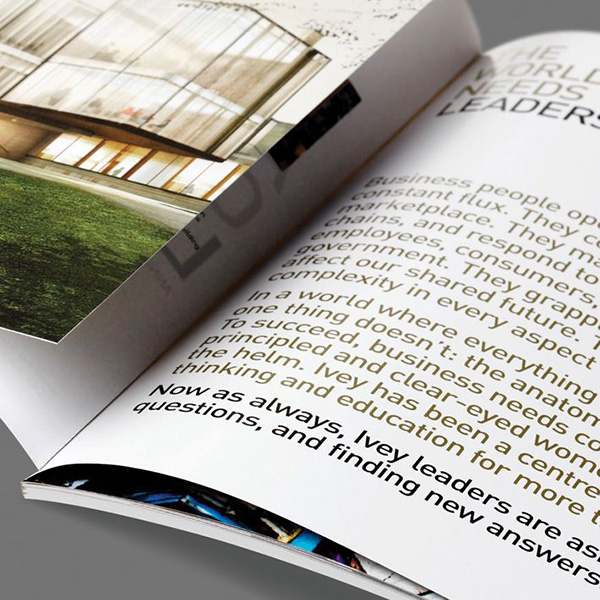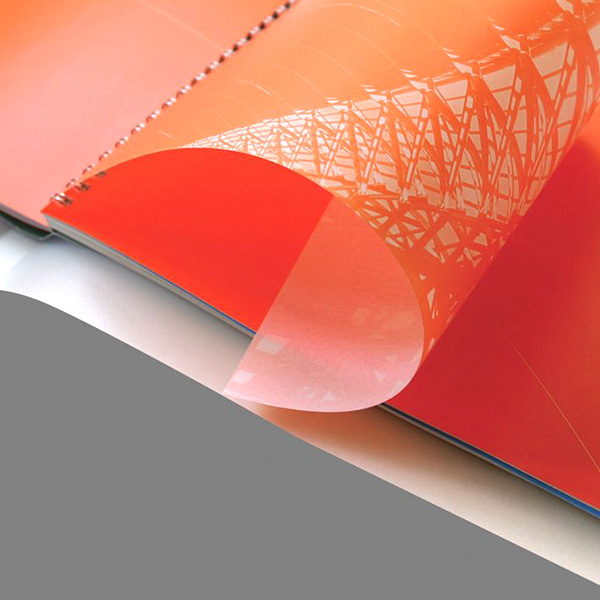still relevant?
When helping clients select between digital and physical tools for a project, we sometimes encounter the perception that digital is always better than print. This isn’t the case, especially when it comes to magazine production. Where building a relationship is the primary goal, we find that print, or print combined with digital, are often more successful than digital alone. We think there are several reasons why:
❶ Print can be more enjoyable to read
We may experience reading for pleasure and reading for work differently. Because so much of our work-related media use is online, there’s some evidence that we associate digital reading with work, and print reading with leisure.
One study found that while readers perceived digital reading to be more convenient, they also largely preferred not to read “hedonic” (pleasurable, leisurely) media in an online format.
❷ Print seems to be remembered better
A number of studies have found higher recall rates for print over digital. In one such study that’s particularly relevant to Aegis’s work, print and digital editions of a US college’s alumni magazine were compared. The print version was remembered better, but what’s remarkable is that this held true even for those who preferred digital reading! That is, we may sometimes prefer types of media that actually serve us worse – if our intention is to remember what we read.
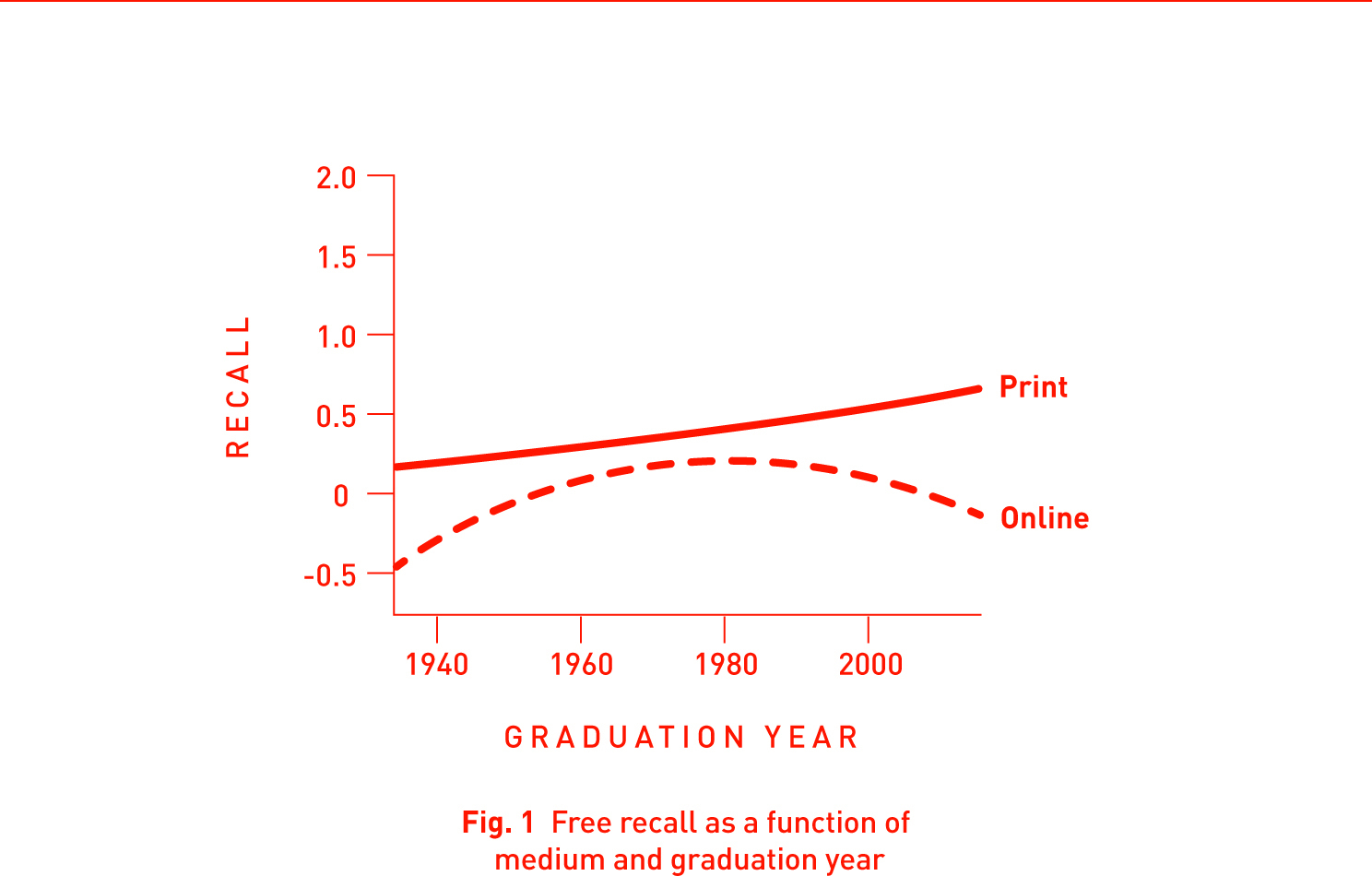
(For those interested, influential news designer Mario García’s has a great summary of some papers with similar findings on his blog .)
❸ Print can be less crowded
The increased internet media consumption and digital device use may allow the relative rarity or novelty of print media to stand out. Anecdotally, this feels especially cogent for me in COVID-19 lockdown, where an increasing share of my work and leisure has been conducted through screens.
The practical requirement that substantial print publications be intermittent, rather than published continuously (as with some digital media) can heighten the perceived novelty of print media, turning publication into an event that rises above the busy, often digitally-mediated flow of everyday life.
It’s true that communicating digitally has a number of advantages. There’s the potential for multimedia, hypertext, and rapid two-way communication beyond what is possible in print. Print distribution costs are borne by the publisher, but the cost of the devices and infrastructure needed to access digital writing is not. Internet media have greater reach and time spent per week than print media, especially for younger audiences (PHD Media, Canadian Media Usage Trends 2014–2020, available at https://iabcanada.com/research/cmust/). Ultimately, we see different media as tools that have to be evaluated for a particular context and audience.
The distinction between digital and physical media has been continuously changing over time, and will continue to shift. The development of multi-touch interfaces for smartphones gave digital media an increased tactility. 3D printing has the potential to complicate the distinction between objects and information, including the distinction between print and digital media. Mario García has noted that his WED approach, which aimed to integrate writing, editing and design in print news production has, decades later, been more fully realized via the designed experience of digital news for mobile devices.
As technological and social forms change, possibilities emerge and vanish for media choices to address different communication needs.




